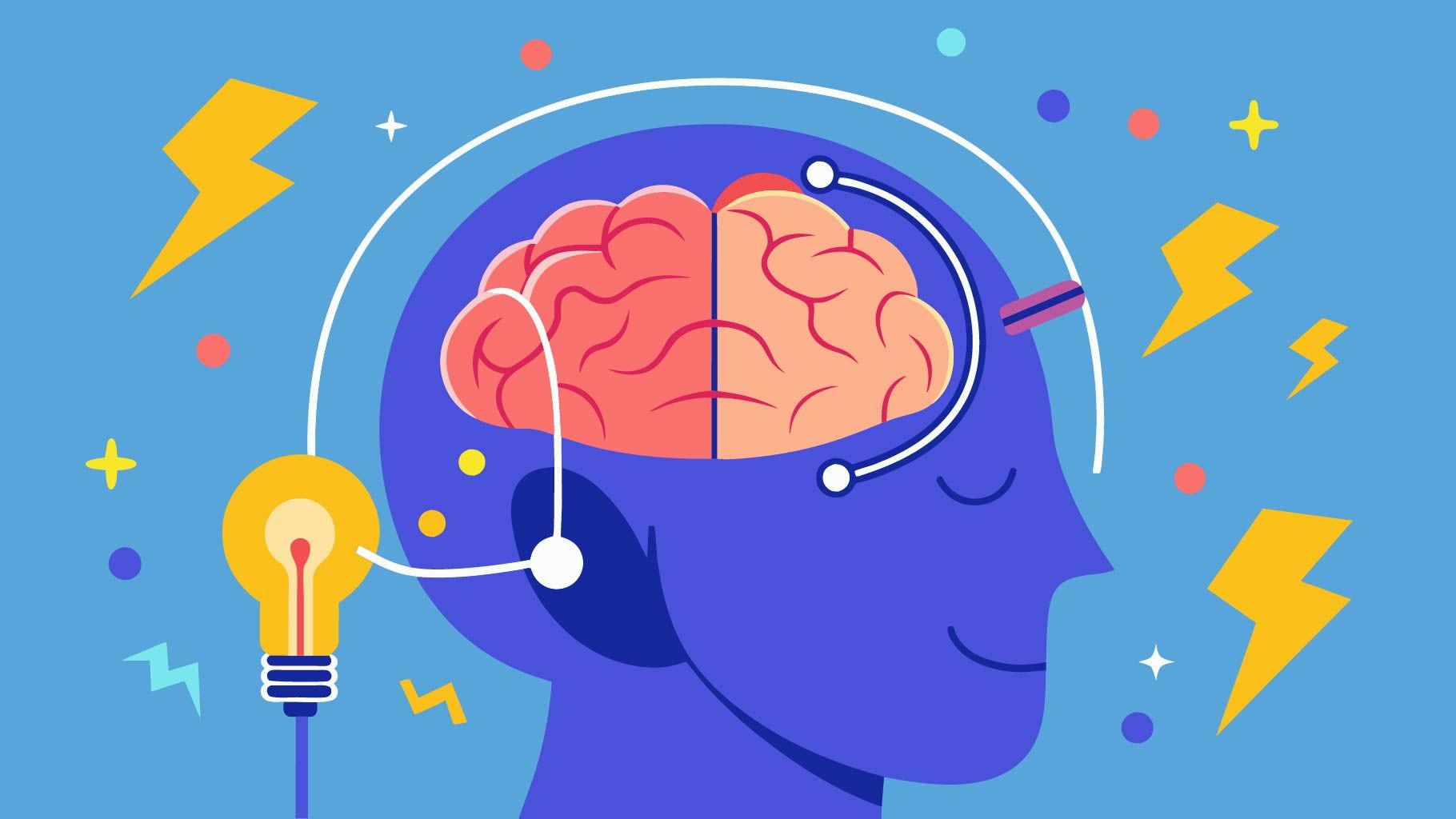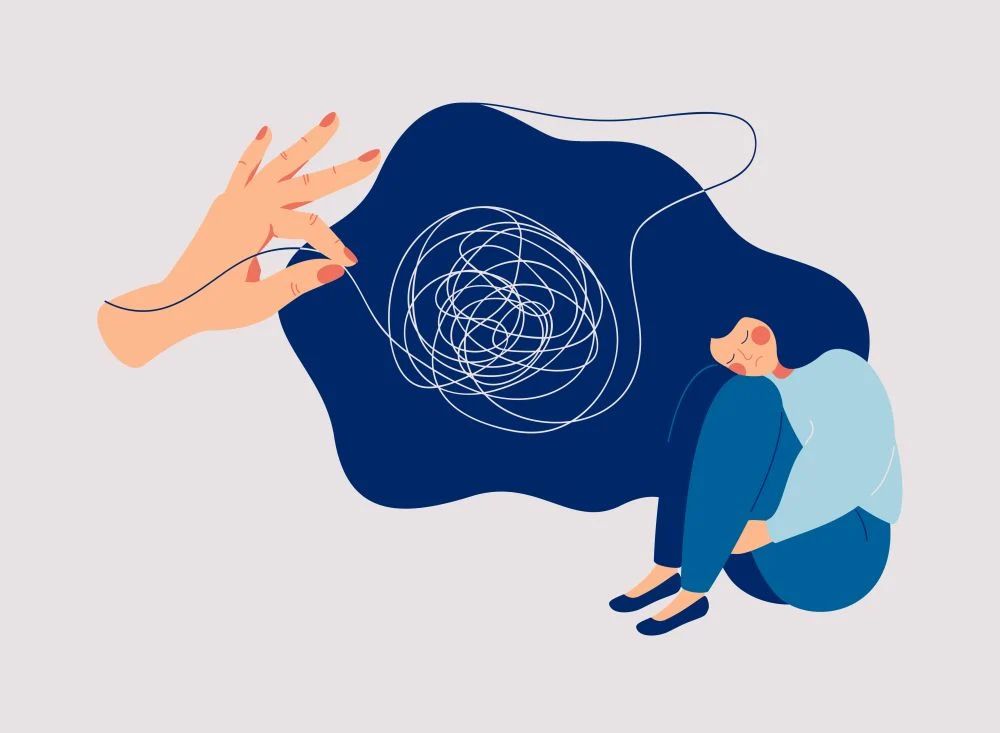Publication
Article
Psychiatric Times
The Rise of Cranial Electrotherapy
Author(s):
Cranial electrotherapy devices, soon to be only home-use device approved to treat depression, can be an essential adjunctive treatment to standard modalities of care for soldiers and veterans, says this psychiatrist.
Last week, the FDA announced that it plans to approve cranial electrotherapy stimulation, the simple handheld medical device currently cleared to treat depression, anxiety, and insomnia. The FDA “has determined that there is sufficient information to establish special controls, and that these special controls, together with general controls, will provide a reasonable assurance of safety and effectiveness for CES devices.”1 In short, cranial electrotherapy will soon become the only medical device in the United States that is FDA-approved to treat insomnia and anxiety, and the only home-use device approved to treat depression. As such, it becomes part of the psychiatric armamentarium.
To some, this is jaw-dropping news. But this device has been used in psychiatry practice for years and can be an essential adjunctive treatment to standard modalities of care for soldiers and veterans.
Cranial electrotherapy devices are essentially handheld pulse generators that deliver very low electric outputs. The device generates 1/1000 the output of electroconvulsive therapy (ECT) and connects with sponge electrodes to the side of the head. Patients use the device for 20 minutes twice a day for the first 6 weeks, then less frequently as needed. The device is easy to use and comfortable; it allows patients to go about their morning routine comfortably. The electrical current is gentle (no greater than 4 mA). This is why these devices are often referred to as electroceuticals-not quite as handy as popping a pill, but a lot more convenient than transcranial magnetic stimulation or ECT treatments in doctors’ offices. And cranial electrotherapy causes no serious adverse effects-only a headache or dizziness in fewer than 1 of 250 patients.2
Used as an adjunct to drug therapy and other treatments, cranial electrotherapy is affordable without insurance and easy for patients to use without supervision. The cost ranges from $600 to $800, depending on the manufacturer and features. When used as an adjunct to antidepressants, medication dosages can be adjusted as clinically indicated according to symptoms and adverse effects. Cranial electrotherapy has been shown to attenuate methadone withdrawal and to improve cognitive function in chemically dependent patients.3
The current indication language from the FDA does not specify a diagnosis, but the device is used for the symptomatic treatment of depression, anxiety, and insomnia. This fits with a patient-centered, empirical approach to treatment. This may fly counter to the prevailing DSM-5 culture, but aligns nicely with the realities of many psychiatric practices.
Many of my patients are veterans of the Iraq and Afghanistan conflicts, soldiers who have experienced multiple concussions and suffer from the cumulative symptoms of posttraumatic stress, depression, anxiety, insomnia, and chronic pain. I recommend using the device at home twice a day for 20 minutes at 2 mA. If after 2 weeks there are no changes in symptoms, the current is raised to 4 mA. It is common for sleep to improve after 5 days of twice-daily use. I often see alcohol and drug withdrawal symptoms profoundly diminish after several more days. About 70% of my patients report improvement in their sleep disturbance, anxiety, and depression.
There is published research spanning over 40 years, with at least 20 double-blind placebo-controlled studies that prove benefit outweighs risk.4,5 Several studies suggest that cranial electrotherapy triggers changes in neurotransmitters and endorphin release.6,7
Too many patients do not improve with standard of care. Our nation is facing a mental health crisis in our returning soldiers and veterans. At a time when the VA system is struggling to meet the needs of these patients, I am encouraged that the FDA has recognized that this low-risk technology should be added to our armamentarium.
Disclosures:
Dr Xenakis is Brigadier General (Ret), US Army. He reports that he is on the Medical Advisory Board for and Consultant to Fisher Wallace Laboratories.
References:
1. Kux L. Neurological Devices; Withdrawal of Proposed Effective Date of Requirement for Premarket Approval for Cranial Electrotherapy Stimulator Devices. June 12, 2014. http://www.gpo.gov/fdsys/pkg/FR-2014-06-12/html/2014-13756.htm. Accessed June 18, 2014.
2. Tadini L, El-Nazer R, Brunoni AR, et al. Cognitive, mood, and electroencephalographic effects of noninvasive cortical stimulation with weak electrical currents. J ECT. 2011;27:134-140.
3. Gomez E, Mikhail AR. Treatment of methadone withdrawal with cerebral electrotherapy (electrosleep). Br J Psychiatry. 1979;134:111-113.
4. Klawansky S, Yeung A, Berkey C, et al. Meta-analysis of randomized controlled trials of cranial electrostimulation: efficacy in treating selected psychological and physiological conditions. J Nerv Ment Dis. 1995;183:478-484.
5. US Department of Health and Human Services, Food and Drug Administration. Neurological Devices Panel. Statistical review of effectiveness and safety for CES. February 10, 2012. http://www.fda.gov/downloads/AdvisoryCommittees/CommitteesMeetingMaterials/MedicalDevices/MedicalDevicesAdvisoryCommittee/NeurologicalDevicesPanel/UCM296891.pdf. Accessed June 18, 2014.
6. YouTube. Dr Xenakis at FDA Hearing for CES. March 26, 2012. http://www.youtube.com/watch?v=dYjq_-HLVz4. Accessed June 18, 2014.
7. Ferdjallah M, Bostick FX Jr, Barr RE. Potential and current density distributions of cranial electrotherapy stimulation (CES) in a four-concentric-spheres model. IEEE Transact Biomed Eng. 1996;43:939-943.






